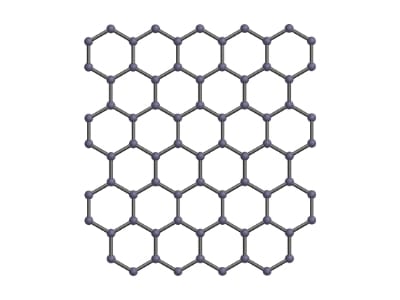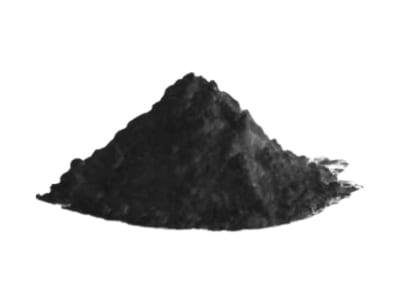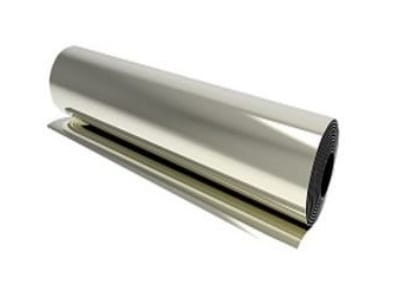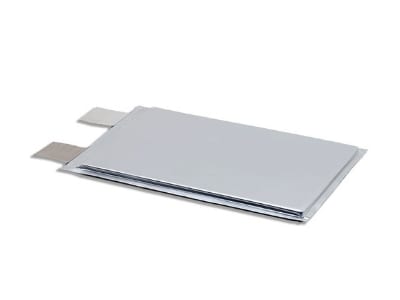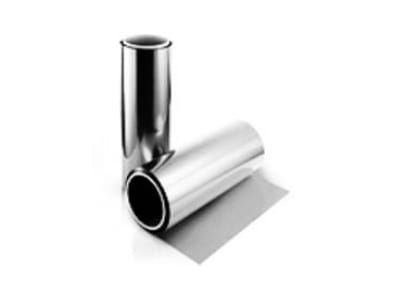Styrene-Butadiene Rubber and Polyvinylidene Fluoride Based Binders
Targray anode binders are sourced from some of the li-ion battery industry’s leading manufacturers. We offer both Styrene-Butadiene Rubber (SBR) and Polyvinylidene Fluoride (PVDF) based binders, materials that are widely used in the Lithium-ion battery manufacturing industry to hold the active material particles together and in contact with the current collectors i.e. the Aluminum Foil (Al foil) or the Copper Foil (Cu foil).
An anode electrode is typically made by mixing active material (Graphite), binder powder, solvent and additives into a slurry, which is then pumped into a coating machine. The coating machine spreads the mixed slurry (paste) on both sides of the Al foil, for the cathode, and of the Cu foil for the anode. The coated foil is subsequently calendared to enhance the uniformity of the electrode. This is followed by a slitting operation for proper electrode sizing.
Battery Binder Selection Criteria
Given the intricate nature of the manufacturing steps outlined above, the binder material’s characteristics are highly significant and must conform to strict criterion. Primary characteristics of relevance are:
|
|
Aqueous base – Modified SBR (Styrene Butadiene Rubber)
In the traditional Li-ion cell manufacturing process, PVDF (Polyvinylidene Fluoride) is mostly adopted in the cathode and anode slurry making processes. For processing requirements, cost and environmental issues, binder manufacturers are gradually moving away from using PVDF and instead making use of aqueous base materials such as SBR copolymers – Modified SBR (Styrene Butadiene Copolymer) Hydrophilic Binder (PSBR-100).
Targray’s Hydrophilic Binder brings new cutting-edge technology to li-ion battery manufacturers. The Modified SBR: PSBR-100 can be used for practically all Li-ion cell chemistries – for both the Anode and Cathode electrodes. This technology offers distinct advantages for Lithium-ion battery manufacturers, including:
- Lower cost of manufacturing
- ‘Clean’ – pollution-free as compared to use of PVDF that uses NMP solvents
- Use of water based solvents – environmental friendliness, cleanliness and no pollution
- Reduction of binder usage amount in the cathode slurry – only about 1.5% for cathode and 4% for anode needed, thus effectively enhancing the overall cell capacity
- Enhancing the active material ratio in a cell as a result of reduction in SBR amount used – higher energy density is possible
- No requirement for strict humidity control in the manufacturing process
- Fast drying speed in the electrode fabrication resulting in higher production volumes
PVDF (Polyvinylidene Fluoride)
PVDF resins are polymers currently widely used by Li-ion battery manufacturers as binder material, especially in cathodes. PVDF requires NMP (N Methyl 2-pyrrolidone) as a solvent and offers the possibility of high voltage operation. PVDF is also electrochemically stable in contact with electrolyte mixtures. Targray has established a leading supply partner to offer Li-ion battery manufacturers a portfolio of PVDF options.
Polyvinylidene Fluoride (PVDF) resin is the homopolymer of Vinylidene Fluoride. Targray offers a range of PVDF materials with differing properties that allow you to maximize the performance of your particular cell. PVDF powder is a raw material, however, the following are benefits of the PVDF binder:
- Excellent resistance to adverse weather conditions over a wide range of temperatures
- Excellent mechanical strength
- Outstanding chemical resistance
- Good processing performance and workability
Working closely with our supply partners and organizations including the Electrochemical Society and NAATBatt International, we help lithium-ion battery manufacturers and researchers worldwide commercialize ambitious new battery technologies.

